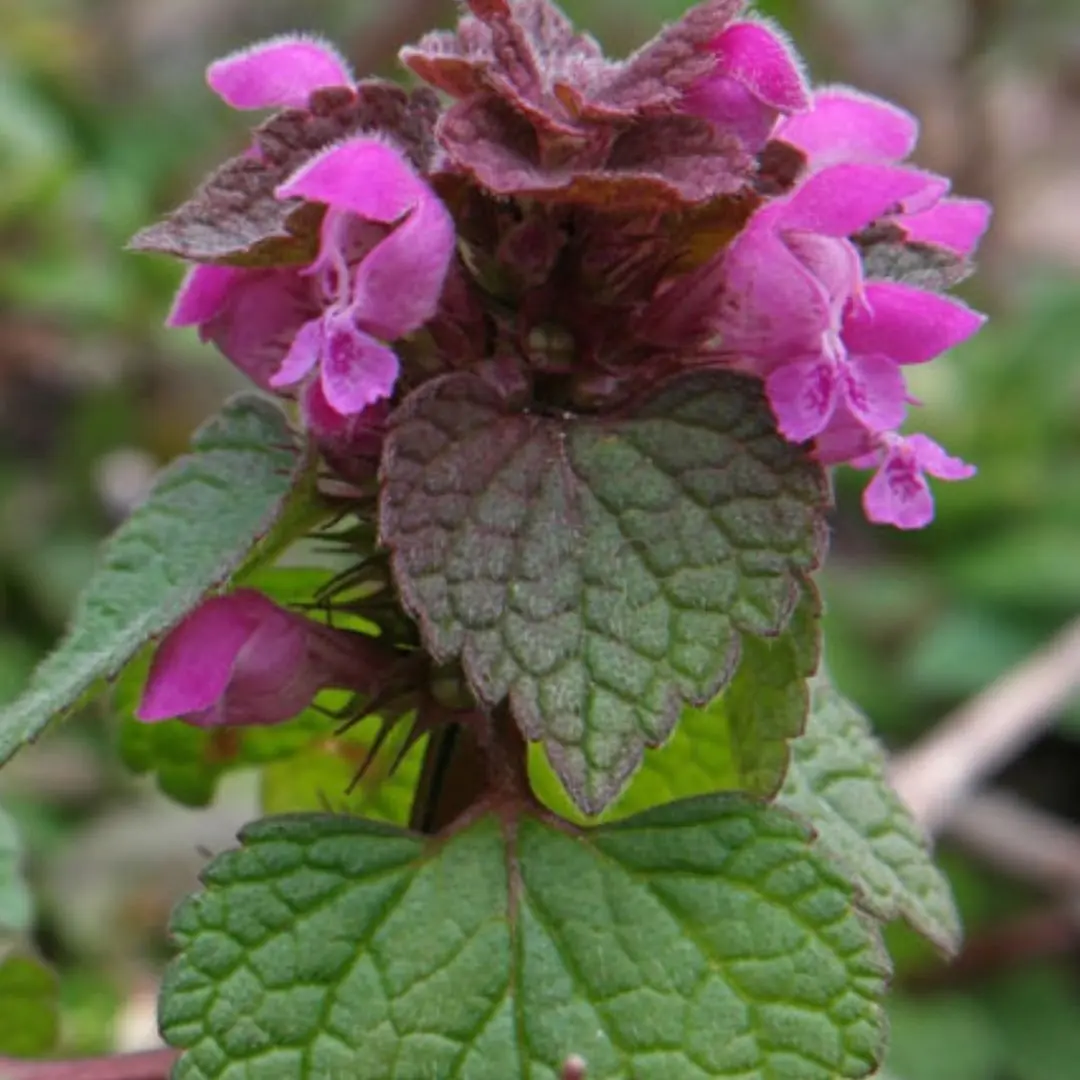
Warning: Eating 50g of This Type of Meat Daily May Increase Cancer Risk, Recurrence, and Faster Metastasis
Warning: Eating 50g of This Type of Meat Daily May Increase Cancer Risk, Recurrence, and Faster Metastasis
This type of meat can pose serious health risks if not properly handled.
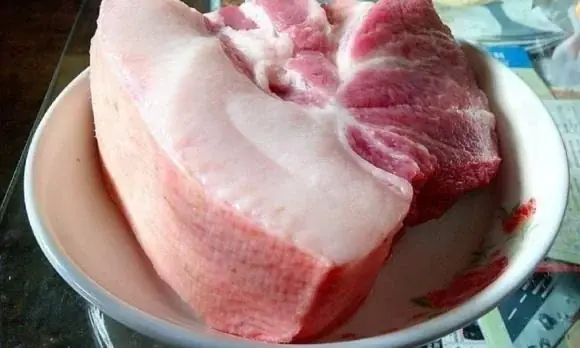
Why You Should Avoid Pork Neck Meat
Pork neck meat is often advised to be limited in consumption due to potential health hazards. When pigs are slaughtered, the neck area is where the bloodletting occurs, making it prone to blood accumulation. It's also a common site for injections and contains numerous lymph nodes and metabolic glands—areas that may harbor viruses and bacteria. If not thoroughly processed, consuming pork neck meat can cause symptoms like stomach pain, diarrhea, or even acute poisoning.
However, it's important to note that pork neck meat is not synonymous with lymph nodes. A pig’s body contains hundreds of nodes, and the head-neck region simply has a higher concentration. For safety, when preparing pork neck meat, any abnormal-looking glands—such as inflamed nodes, thyroid glands, or adrenal glands—should be removed before cooking.
3 Steps to Identify Unsafe Meat
According to food safety experts, consumers can follow the "3 Looks – 2 Asks – 1 Choose" rule to identify meat that should be avoided:

1. Observe Carefully
-
Color and texture: Meat that is pale, grayish, or unusually light, with excessive fat, soft and loose muscle fibers, and unclear muscle strands, may be of poor quality or improperly stored.
-
Touch: If you feel any lumps or hard nodes in the fat layer, these could be lymph nodes, thyroid, or adrenal glands that haven't been removed. This kind of meat may carry bacterial risks and should be avoided.
-
Smell: A strong fishy or foul odor—especially when raw—is a clear sign the meat is spoiled, not fresh, or possibly contaminated.
2. Ask the Right Questions
-
Source: Don’t hesitate to ask the seller where the meat comes from. If their answer is vague or evasive, it's a red flag.
-
Processing: Inquire whether the meat has been properly processed, especially in terms of removing glands and pathological lymph nodes. A knowledgeable and transparent seller can give you peace of mind.
3. Choose a Trustworthy Source
After observing and asking, the final step is to buy from a reliable source:
-
Traditional markets with inspections: Prefer vendors with fixed stalls, veterinary inspection stamps, and regular health checks.
-
Supermarkets or clean food stores: Products here are usually pre-packaged with clear labels indicating origin, slaughter date, expiration date, and veterinary certifications.
-
Avoid unregulated vendors: Refrain from buying roadside or unverified meat—even if it’s cheaper—if there’s no traceable origin or health documentation.
Two Recommended Cuts of Pork
-
Cheek Meat (Má Đào): Found deep within the pig’s cheeks, this cut is sweet, fragrant, with tender connective tissue and minimal fat. It’s popular for being both flavorful and non-greasy after cooking.
-
End Loin Meat (Đế Thăn): This is the end portion of the pork loin—one of the most delicious parts. It has an ideal balance of lean and fat, not as dry as the full loin, and not too fatty—suitable for a variety of dishes.
Let me know if you’d like this summarized, turned into a carousel post, or adapted for social media!
News in the same category


Unexpected effects of okra that we never knew

Can.cer Cells Fear These 4 Foods! Eat Them Daily to Keep Can.cer at Bay

Common Mistake When Using Thermal Bottles: Many Unknowingly Risk Their Health

You should not ignore these signs

What will happen to your bo.dy?

Building an easy-to-digest menu for stomach c.a.n.cer patients
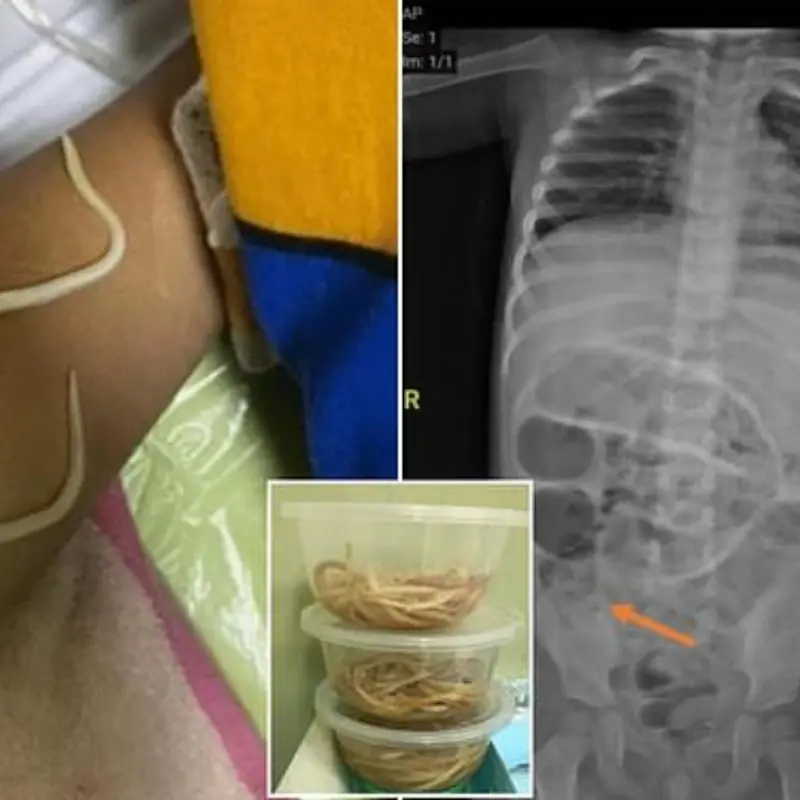
Horrifying Images of Giant Worms Removed from the Body of a 3-Year-Old Boy

What time should you take a bath to ensure health safety and reduce the risk of stroke?

8 early signs of dia.betes that many people overlook

Better than ginseng and bird's nest

“2 red, 2 itchy, 2 smelly” shows that liver cancer has begun to destroy the body, so go see a doctor immediately

Doctors Warn About 3 Foods That Harm the Kid.neys When Consumed in Excess

6 Early Warning Signs of Stroke: Recognize Them a Week Before to Stay Safe

2 Warning Signs of Kidney Damage: See a Doctor Immediately If Your Morning Urine Looks Like This
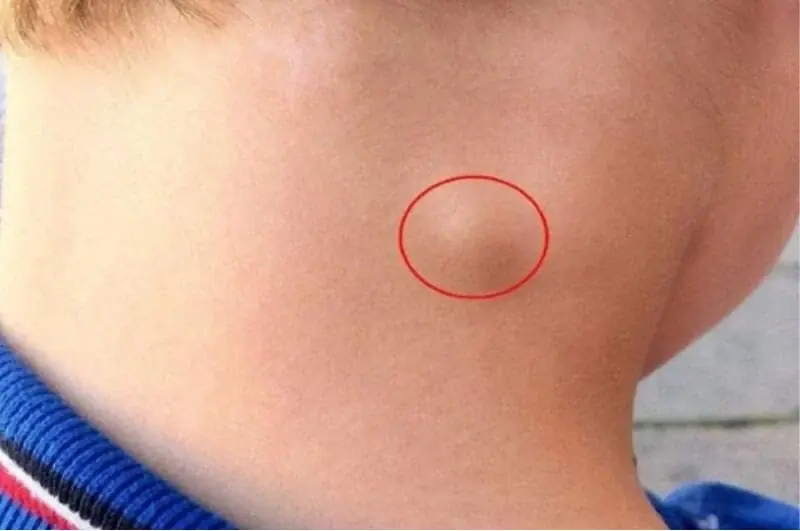
5 Early Signs of Lymphoma – The First One Is Especially Noticeable

Why Do Healthy People Suddenly Die After Being Diagnosed with Can.cer? Doctors Explain the Reasons

Do Birth Control pi.lls Cause Stro.ke in Women? Important Safety Reminders When Using Contraceptive pi.lls

Dull abdominal pain, abdominal pain around the navel, be careful because you may have this disease
News Post

If you see this plant, you're sitting on gold and don’t even know it!

Should you wear a blindfold while sleeping? When should you use a blindfold while sleeping?

Did You Know That Waking Up At 3 Or 4 In The Morning Is A Clear Sign Of…

You’ll Regret Throwing Away Egg Boiling Water: 4 Smart Uses You Should Know

Should You Plug the Phone or the Charger into the Power Outlet First? 90% Do It Wrong, Causing Battery Damage

Clean Your Shower Glass in 15 Minutes with 2 Natural Ingredients That 'Erode' Limescale

The Special Uses of Pepper Soaked in White Vinegar: A Simple Method to Solve Many Household Problems

Unexpected effects of okra that we never knew

Aloe vera block - rub this block for 5 minutes and you will not need any makeup

3 steps korean skin care

The mistakes that many people are making
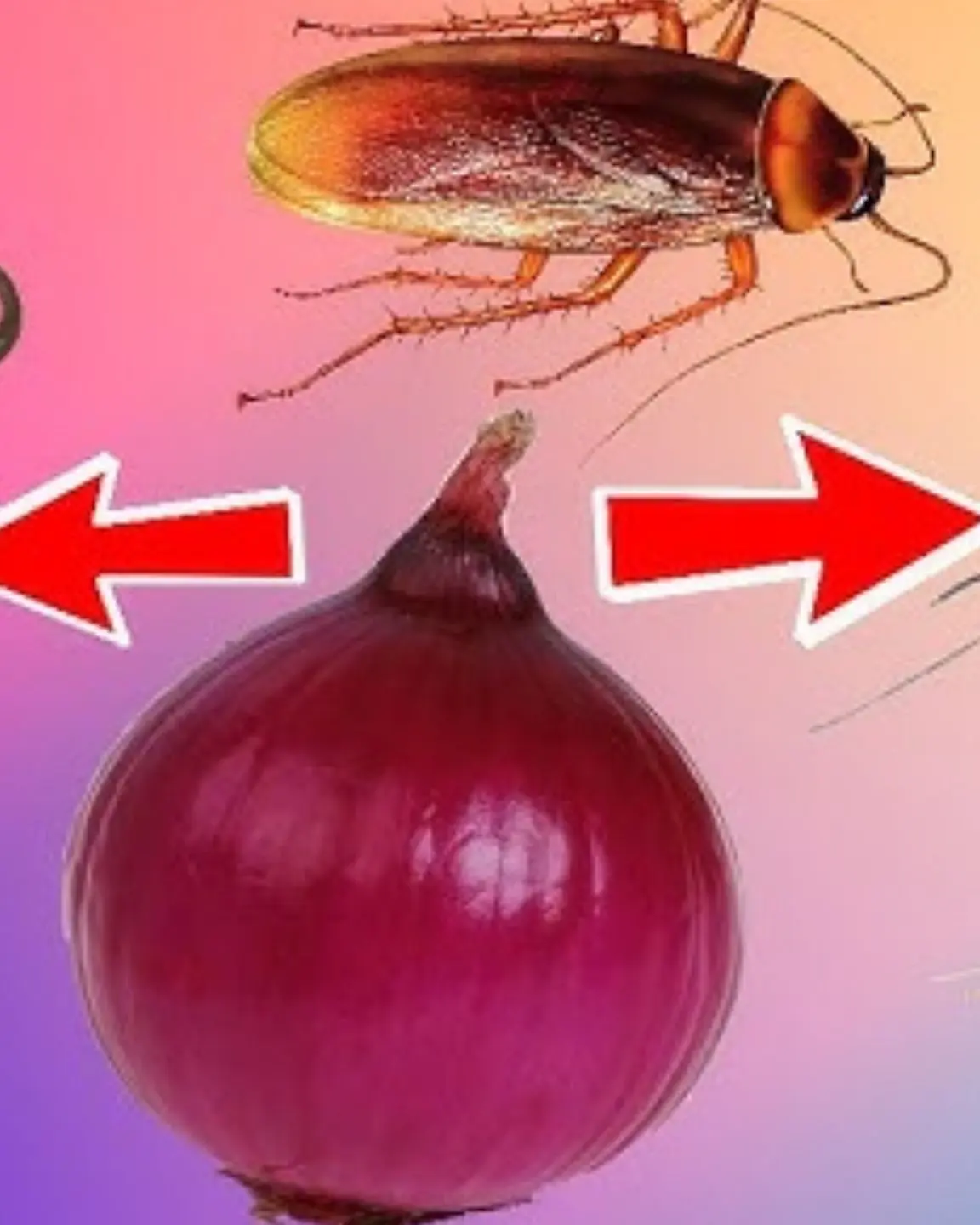
How To Use ONIONS To Get Rid of Pests - Rats, Flies, Lice, Bugs, Lizards, Mosquitoes, Cockroaches

Vaseline and cornstarch make you a 20 year old girl. No matter how old you are

Woman shows rubbing banana peel on face works like Botox for brightening skin: But does it really and is it safe?

One Twin Is Vegetarian, the Other Eats Meat — Who’s Healthier? A Study Reveals a Surprising Result

Look at the thickness of your lips, predict your rich or poor fate: Which type are you?

Can.cer Cells Fear These 4 Foods! Eat Them Daily to Keep Can.cer at Bay
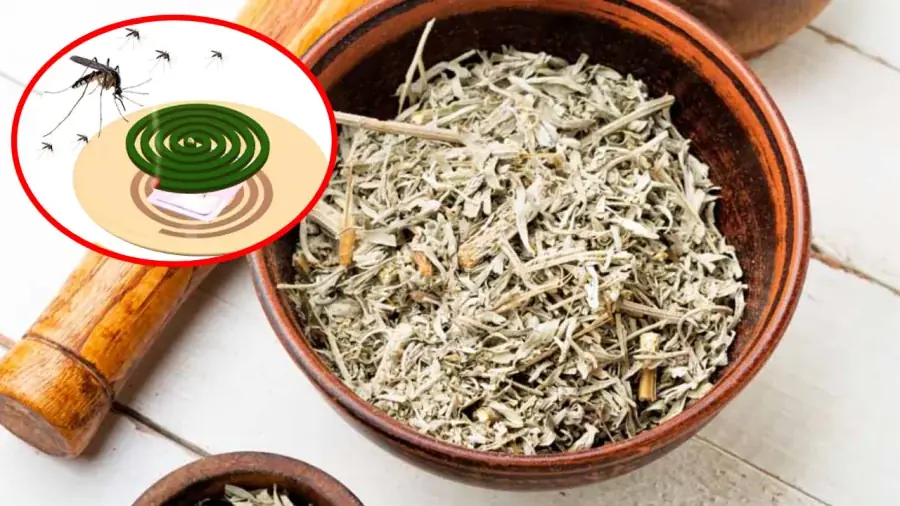
No Need for Mosquito Coils—Use This Common Household Item to Repel Mosquitoes: Cheap, Safe, and Effective

Looking at sleeping position to predict hu.man personality
